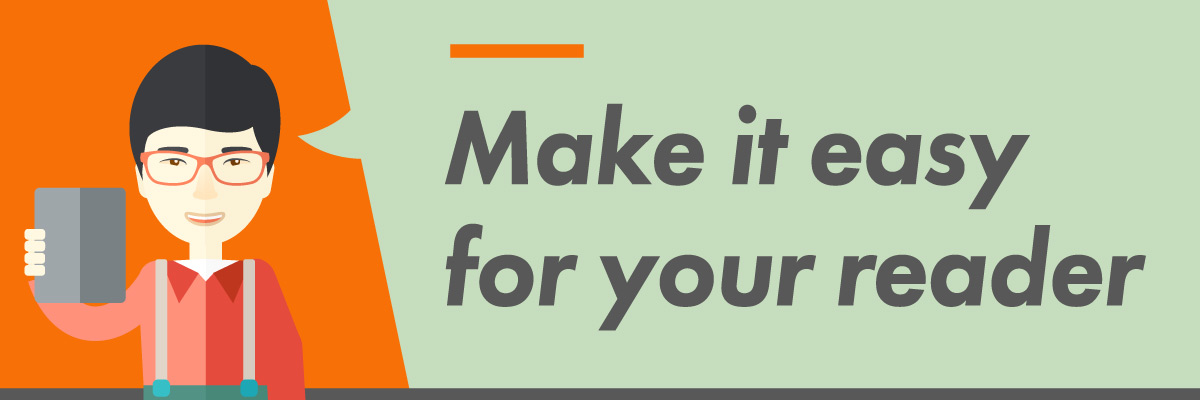CTA – When it gets more complicated
Lets say you have an offer that involves a lot of explanation; in this case you can use two CTAs across two emails.
For example, you want to sell your used car stock. You have some pretty good finance deals available, but lets face it – finance figures are dull and lengthy and wont create that emotional connection to the product you're trying to sell.
You can open the conversation with your customer with a simple CTA to start with.
“Hi James,
I see your current car deal has come to an end, we’ve some great offers at the minute. Are you open to upgrading your current car for a similar monthly commitment?”
That very short and simple request is designed to elicit a YES response. If James clicks or replies yes – then firstly we know he is a customer waiting to be converted, and secondly we can help him to convert by following up with a worked up finance repayment example and a list of cars that are available to choose from, each car has it’s own CTA to “book a test drive”
Email, especially automated email workflows can be a powerful tool to get your customers to take the actions you want, because you can help make that positive response easy.

Don't Make Your Reader Think
Making it easy for your reader to take an action means doing much of the work for them. If your CTA is that they should email a specific person, then rather than asking for a reply – provide an email address with a well-crafted mailto: link that profiles much of the information you’d need them to confirm. Take the thinking away from them to make it easy for them to say yes.
Placement
In part one of this article, I said you should have your CTA as the first line of your email. That was for the purposes of crafting email content. When it comes to final placement, there really are only three options: the beginning, the middle, or the end.
When you want someone to remember what you’ve said though, you should put it either at the beginning or end, avoid the forgotten middle child.
If your email contains a lot of information, perhaps that’s unavoidable, then take steps to counter the TLDR; (Too Long, Didn’t Read) effect and put your CTA at the top.
Even the most well crafted CTA is useless if no-one reads it. So put thought into how you’re presenting your CTA and how you want your reader to find it. That usually means being smart, deliberate and clear in your CTA positioning, make it stand out, make it obvious.





